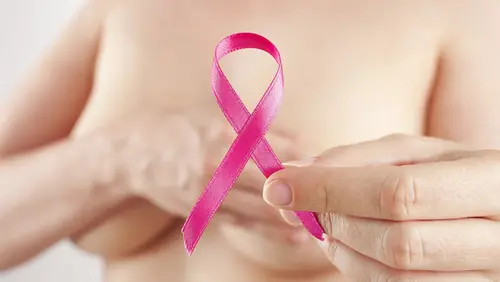A new molecular test can pinpoint which patients will have a very low risk of death from breast cancer and these "ultra-low" risk patients could be treated less aggressively to avoid toxic effects, a new clinical study indicates.
A paper published this week in the Journal of the American Medical Association Oncology indicates the new study sought to determine whether a 70-gene test could accurately and reliably identify tumors with slow-growing behavior to assess the risk of cancer recurrence up to 20 years after diagnosis.
The same test had shown last year that nearly half of early-stage breast cancer patients, who met traditional criteria for high risk, could safely skip chemotherapy based on the biological makeup of their tumors.
The test, called MammaPrint, was developed by University of California, San Francisco (UCSF), cancer researcher Laura van't Veer, a co-author on the new study and co-leader of the breast oncology program at the UCSF Helen Diller Family Comprehensive Cancer Center.
Analyzing a mammogram.
In the new analysis, the UCSF researchers worked together with the Stockholm breast cancer study group (STO) in Sweden, to evaluate patients who have been tracked for decades and were part of a randomized clinical trial of tamoxifen versus no systemic therapy, and to find cancers with no-risk or almost no-risk for metastatic progression.
All the women had tumors detected in the era prior to the use of screening mammography, and had their tumors surgically removed.
The researchers used the removed tissues to profile a total of 652 women, of whom 311 had received tamoxifen, and 339 had not received adjuvant systemic therapy.
A breast cancer patient getting a CT scan at the UCSF Comprehensive Cancer Center.
The multi-gene test classified 42 percent of the patients as high-risk, and 58 percent as low-risk. The researchers found that low-risk patients had a 95 percent survival rate at 5 years, but many later died from their disease.
The test classified 15 percent of the cases as ultra-low risk, showing that such tumors are an inherent part of the spectrum of breast cancers, even in the era before screening.
However, according to the authors of the study, not all low-risk tumors were ultra-low risk. In fact, only a quarter met the molecular definition.
The women with ultra-low risk tumors had an excellent prognosis, whether or not they used tamoxifen for two years.
The medical community has focused on identifying cancer in early stage so that it can be cured or more easily treated.
While this can benefit some patients, screening also can detect cancers that are extremely low risk and not life-threatening, which could lead to patients being overtreated.
The issue is compounded because breast cancer can recur many years after diagnosis.
Until now, tools that could reliably identify ultra-low risk tumors at the time of diagnosis have not been available because physicians lacked the assurance that late recurrence could truly be avoided.
(CGTN)
 简体中文
简体中文

